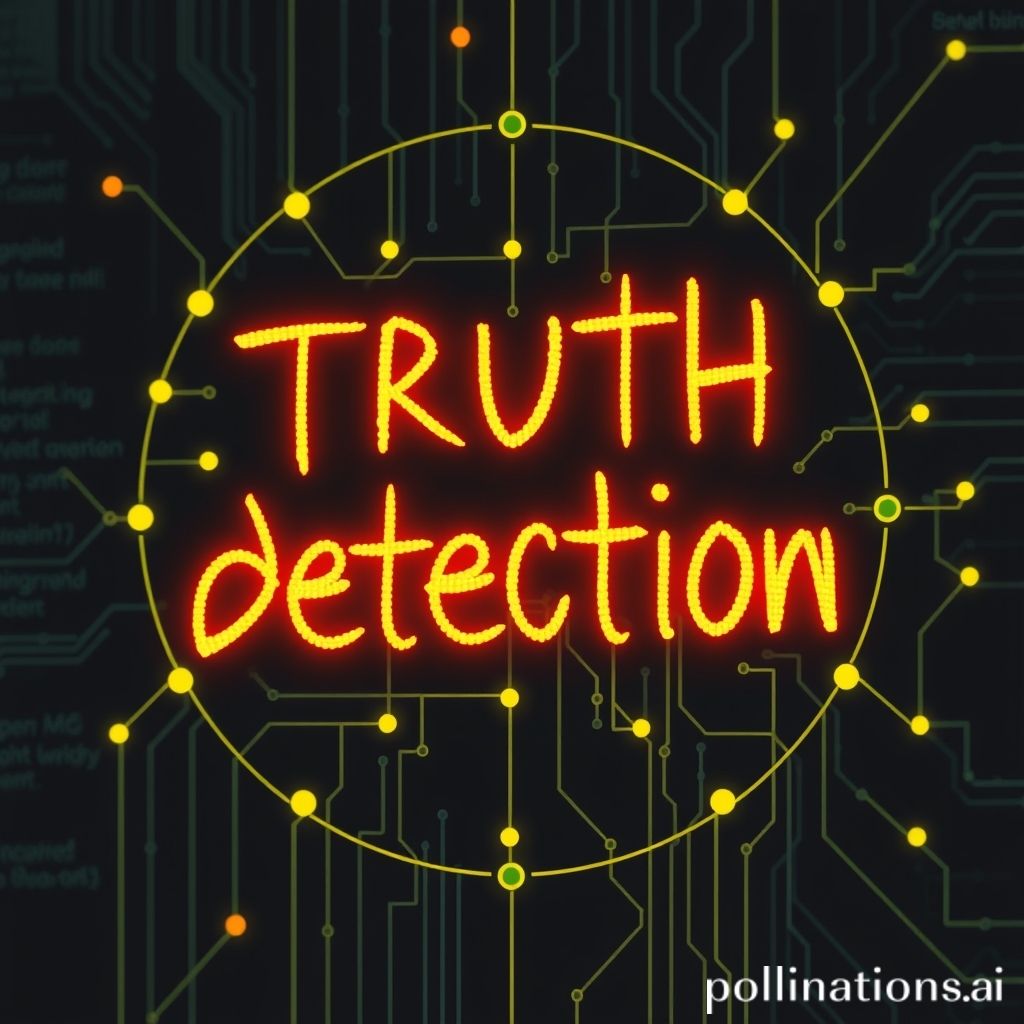Table of Contents
- Introduction
- Introduction to AI writing detection
- How Turnitin functions
- Limitations of Turnitin in detecting AI writing
- Challenges in detecting AI-generated content
- Strategies for improving detection of AI writing
- Ethical considerations in combating AI-generated content
- Future implications of AI in the realm of writing
- Conclusion on the potential of Turnitin to detect AI writing
- Conclusion
- Frequently Asked Questions
Introduction
Are you curious about the capabilities of plagiarism detection tools in the face of advancing technology? The emergence of AI writing has sparked debates on its detection by platforms like Turnitin. In a world where artificial intelligence is rapidly evolving, questions arise – can Turnitin effectively identify AI-generated content?
Join us on a journey to unveil the truth behind this intriguing conundrum. Through a deep dive into the inner workings of Turnitin and the complexities of AI writing, we aim to shed light on the intersection of technology and academic integrity.
Discover the nuances, challenges, and possibilities that exist at this crossroads of machine learning and plagiarism detection. Let’s explore together as we delve into the realm of AI writing and its detectability by one of the most widely-used tools in educational institutions.
Introduction to AI writing detection
Alright, so picture this – you’re a student burning the midnight oil, trying to whip up a stellar essay last minute. You stumble upon this miraculous AI tool that conjures up a masterpiece at the click of a button. Sounds like a dream, right? But hey, could Turnitin, the wise old plagiarism detector, sniff out this AI wizardry? Well, grab your popcorn because we’re diving into the world of AI writing detection!
Imagine Turnitin as a warrior in the depths of the internet, scanning every corner for traces of academic foul play. Now, AI writing tools are like sneaky chameleons, altering their colors to blend in with the surroundings. Will this high-tech game of cat and mouse end in a standoff, or will Turnitin swoop in like a hawk and expose the AI’s cloak of invisibility?
As we venture deeper into this AI jungle, keep your wits about you. Let the saga of Turnitin versus AI unfold, a tale woven with twists, turns, and the ultimate quest for academic integrity. Buckle up, folks – this showdown is about to take us on one wild ride!
How Turnitin functions
Picture this: Turnitin, the academic watchdog, is like a bloodhound sniffing out phony essays and copied content. It does its magic by scanning your work for any matches in its vast database, looking for similarities like a detective searching for clues.
When you upload your masterpiece, Turnitin puts on its detective hat and gets to work. It looks for not just identical words, but also paraphrased sentences and sneaky tweaks. It’s like having a plagiarism-fighting sidekick by your side.
Turnitin isn’t fooled by fancy AI tricks either. It’s been sharpening its skills for years, getting better at spotting shady business. It’s like that wise old owl who knows all the tricks in the book.
So, if you think you can outsmart Turnitin with some clever moves, think again. This watchdog is no pushover. It’s equipped with the latest tech and a keen eye for detail, ready to pounce on anything fishy. So better play by the rules, or you might find yourself in some deep water!
Limitations of Turnitin in detecting AI writing
Oh boy, let me tell ya about Turnitin tryin’ to catch AI writin’. Now, Turnitin is like the watchdog of the academic world, sniffin’ out any signs of plagiarism with its digital nose. But when it comes to AI writin’, things get a bit trickier for ol’ Turnitin. See, AI writin’ is all fancy and sophisticated, like a fox in a henhouse, slick and hard to spot.
Turnitin may miss the mark ’cause AI writin’ can mimic human scribbles so well, it’s like tryin’ to catch a ghost in broad daylight. The software ain’t always savvy enough to pick up on the subtle differences between human and AI-generated content. It’s like tryin’ to tell apart identical twins wearin’ different hats!
So, while Turnitin’s bark may be worse than its bite when it comes to detectin’ AI writin’, schools and educators are still keepin’ an eye out for other telltale signs to keep the academic playing field fair and square.
Challenges in detecting AI-generated content
Well, detecting AI-generated content can feel like finding a needle in a haystack. Imagine a modern-day Sherlock Holmes trying to unravel a mystery, only instead of a trusty magnifying glass, they have algorithms and codes at their disposal. It’s a real brain-teaser! Sometimes, these AI-written pieces can pass off as the real deal, blending in seamlessly like a chameleon in a forest. Sneaky, right?
One of the challenges lies in the ability of AI to mimic human language so closely, to the point where distinguishing between human and AI-generated content becomes quite the head-scratcher. It’s like trying to spot a wolf in sheep’s clothing. The lines blur, leaving us wondering who’s who in this literary masquerade.
Additionally, the rapid advancements in AI technology can make it a moving target. Just when you think you’ve cracked the code, AI goes and levels up, leaving you in its virtual dust. It’s like playing a never-ending game of catch-up in the vast digital playground.
Strategies for improving detection of AI writing
When it comes to outsmarting Turnitin and its fancy AI detectors, we gotta get crafty. One tip that might just save the day is mixin’ up the sentence structure like a secret code that even the smartest robots can’t crack. By throwin’ in some spice with longer sentences followed by short, punchy ones, we’re keepin’ those algorithms on their toes!
Another juicy strategy is droppin’ in some unique words that show off our individual flair. Turnitin might think it’s all clever with its scans, but it can’t beat the human touch! Let’s embrace our creativity and use those big ol’ brains to come up with fresh words that’ll make our writing stand out in a crowd.
And don’t forget to sprinkle in some real-life examples and stories. Everyone loves a good tale, and it’ll not only make our writing more interestin’, but also harder for Turnitin to pin down. Let’s make our content as lively as a Saturday night party, and watch those AI detectors scratch their heads in confusion!
Ethical considerations in combating AI-generated content
Hey there, folks! Let’s dive into the deep ocean of ethics when it comes to battling AI-generated content. It’s like walking on a tightrope, trying to outsmart machines without losing our humanity. Picture this: you’re a content creator pouring your heart out, only to have your work snatched and replicated by a cold, calculated algorithm. It’s like a real-life game of cat and mouse!
Now, before we jump to conclusions, let’s consider the flip side. While we need to protect originality, we shouldn’t suffocate creativity. It’s a tight spot, balancing between guarding intellectual property and nurturing innovation. It’s a bit like guarding a treasure chest while planting seeds for a future orchard – tricky, right?
Amidst this tug of war, we must ponder on the impact of our actions. Are we enhancing or hindering progress? It’s as if we’re setting fire to the weeds but making sure not to scorch the flowers blooming nearby.
Future implications of AI in the realm of writing
Now, let me paint you a picture of how the future might look in the wild world of writing. As AI continues to ramp up its game, we’re seeing a whole new ball game unfolding. Picture this: robots scribbling away like Shakespeare or churning out catchy ads that’d make Don Draper proud. It’s the stuff of sci-fi dreams!
But hold your horses! Let’s not get too carried away just yet. With great power comes great responsibility, as a wise ol’ uncle once said. The rise of AI in writing could mean a shake-up in the way we see creativity and originality. Imagine a world where distinguishing bot from human scribble becomes a Herculean task. It’s like a game of cat and mouse, with plagiarism detectors playing referee!
As we hurtle towards this AI-led future, it’s crucial to ponder the Pandora’s box we might be cracking open. Are we headed for a writer’s utopia or a dystopian nightmare where creativity is reduced to 0s and 1s? Only time will tell, my friend. Buckle up, ’cause it’s gonna be one heck of a ride!
Conclusion on the potential of Turnitin to detect AI writing
Well, folks, it’s a bit of a cat-and-mouse game when it comes to Turnitin chasing down AI writing. Picture two cunning opponents in an epic showdown, each trying to outsmart the other. Can Turnitin really spot AI writing, or is AI sneakily slipping through its grasp like a shadow in the night? Some say Turnitin is like a bloodhound on the scent, detecting even the slightest whiff of AI manipulation. But just when you think the tech giant has AI pinned down, AI rears its clever head, throwing a curveball that leaves Turnitin scratching its virtual head. It’s a battle of wits, a clash of algorithms, a dance between detection and deception. Can Turnitin truly keep up with the rapidly evolving world of AI, or is AI always one step ahead, playing Turnitin like a fiddle? Only time will tell in this high-stakes game of hide and seek between the master of detection and the wizard of artificial intelligence.
Conclusion
In conclusion, the battle between Turnitin and AI writing is a high-stakes game of detection and deception. While Turnitin aims to sniff out AI-generated content, the ever-evolving AI technology poses challenges that could outsmart traditional detection methods. To stay ahead in this cat-and-mouse game, it is imperative to leverage advanced tools like WPHorde. Those who fail to adapt to innovative solutions risk being left behind in the quest for academic integrity and originality. Stay ahead of the curve, embrace cutting-edge technology, and take action now with WPHorde!

